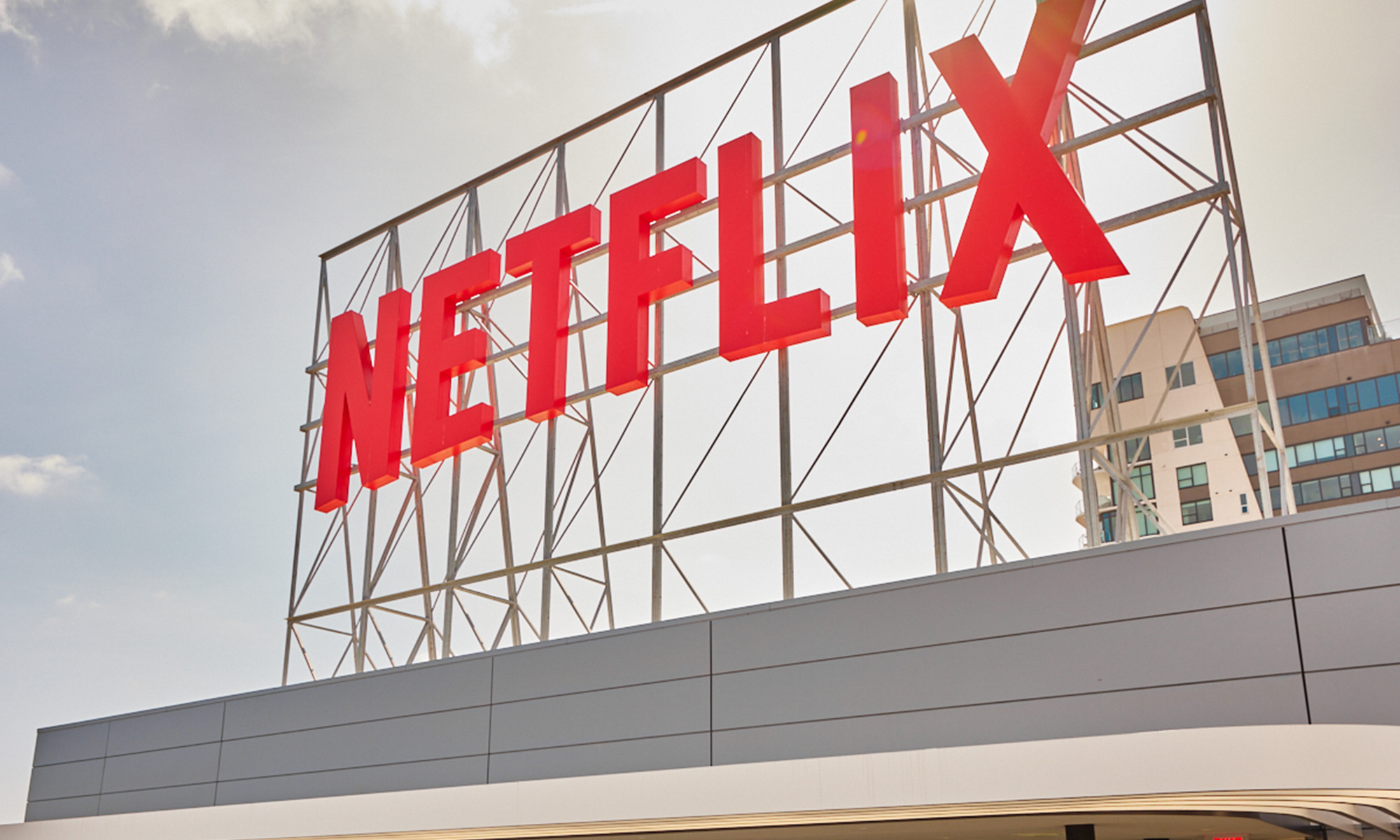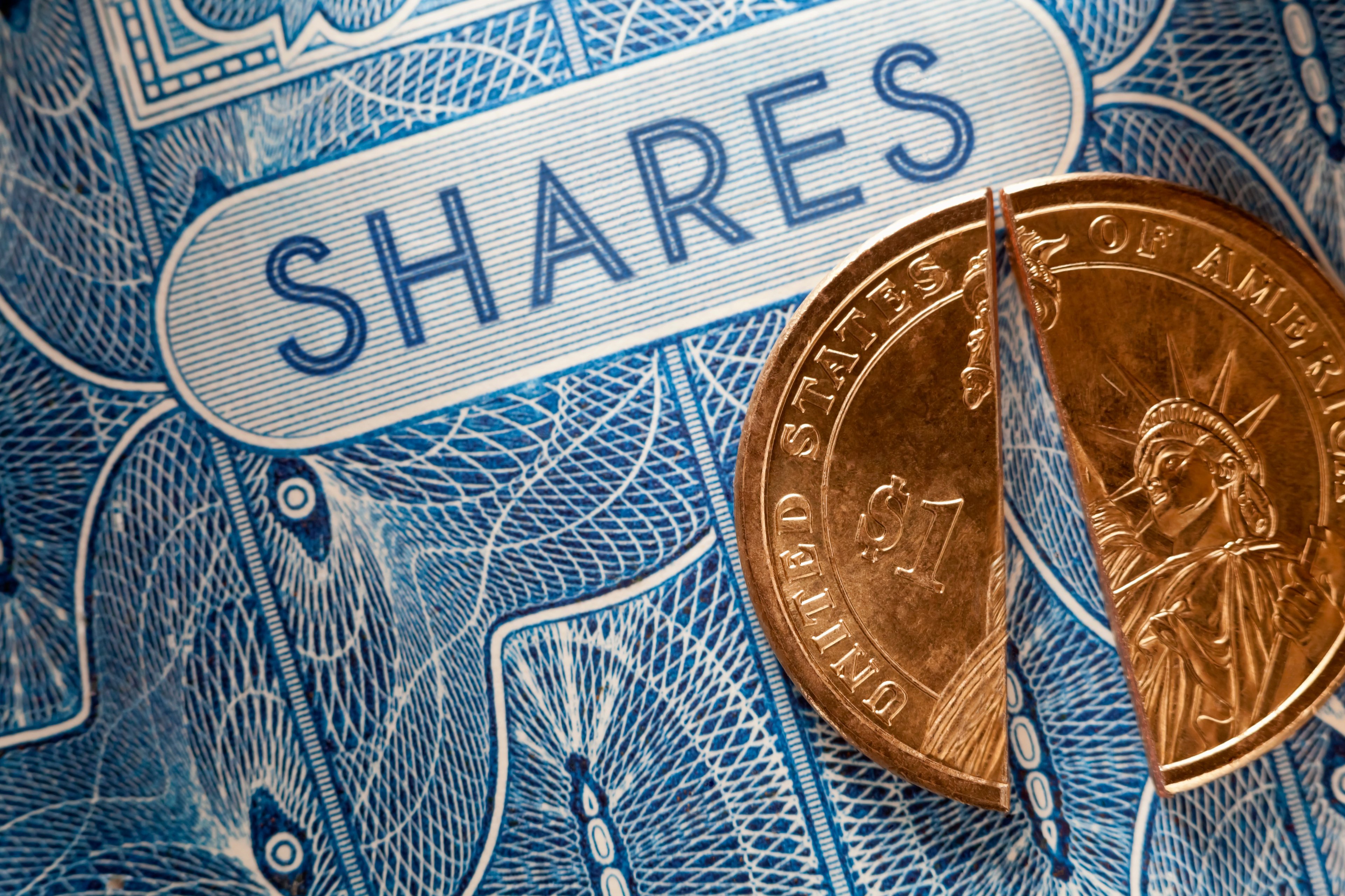
One of the stranger developments at the National Association of Television Program Executives conference earlier this year was the very presence of Overstock.com (OSTK 4.03%) CEO Patrick Byrne. What does the colorful head of a popular Internet retailer have to offer that would be of interest to media moguls beyond marked-down TVs?
Well -- just like that -- Byrne threw his hat into the ring of streaming video. Overstock will take on Amazon.com (AMZN 0.60%) with a service for renting and purchasing movies and TV shows online.
"We think this makes perfect sense for us to get into this business," Byrne announced at the conference, as retold by The Wall Street Journal's Digits blog. "The industry is going to want to see a competitor to Amazon develop for across the board digital distribution."
His logic makes sense on the surface. Netflix (NFLX +0.23%), after all, is happy being merely a smorgasbord of digital content. It has no intention of selling digital versions of first-run movies and current TV shows. This is a market that Amazon has tried to exploit, getting as many of the estimated 40 million Amazon Prime customers to tether TVs and other connected devices to the Prime Instant Video service, knowing that it can one-up Netflix by also delivering premium movies and shows on top of that.
However, it would be naive to think that Netflix is missing a golden opportunity here. It's hard to question the success of a company that will top 60 million streaming subscribers worldwide this quarter. If selling content on top of its already growing digital vault was a viable business model it would have been all over that. It's not.
There may not be too many legitimate rivals to Amazon's model, but you can be sure that most of Overstock's stateside customers are among the roughly 100 million households that pay for TV with access to on-demand content.
An uphill battle
Overstock is an online retailer, and that means that it butts heads with Amazon as the industry darling. If Amazon is using streaming video to woo customers to the sticky flypaper that we affectionately call Amazon Prime, why shouldn't Overstock rip a page out of the same playbook?
It wouldn't be the first time. When Amazon began to offer third-party auctions in 1999 it wasn't long before Overstock began to follow suit. It didn't matter that they were both chasing an even larger market leader. Amazon has always been in Overstock's crosshairs, and Overstock didn't discontinue its third-party auction platform until 2011, years after Amazon had pulled out in favor of a more traditional third-party marketplace.
If Overstock could put out an e-reader, tablet, or smartphone to keep pace with Amazon it probably would. Instead we find Overstock attempting to take on Amazon -- and to a lesser extent Netflix -- with this new platform. Did it miss the memo? Did it not see the failure of Redbox Instant last year as a cautionary tale?
There are plenty of reasons why Overstock will fall flat here. The biggest hurdle to making a splash in digital video is to get into the living room. Apps are easy. Seamless integration with existing home theater setups is hard. Netflix has spent eight years getting inside video game consoles, smart TVs, and Blu-ray players. Amazon has been doing a reasonable job to make up for lost ground. How is Overstock going to do that? This is one of the many things that doomed Redbox Instant.
The other major challenge is that it's not cheap to stand out. Netflix closed out the year with $9.5 billion in streaming content obligations. Amazon CEO Jeff Bezos has made it clear that he's a riverboat gambler, unafraid to make big bets.
Overstock isn't likely to be able to attract and much less afford proprietary content, and without the catalog of freely available content that Netflix and Amazon make available to tens of millions of subscribers, it's hard to fathom why someone would download an Overstock app to pay $5 to stream Birdman.
The only question that remains here is if it will last longer than Redbox Instant. It probably won't.






